

|
|
|


|
|
1/5 Scale Gas Buggy:
HPI Baja 5B 2.0 (2010) (Radio Controlled Model Review)History and Info:
Introduced by HPI (Hobby Products International) in 2010, the Baja 5B 2.0 Buggy was available in three options: - # 103859 / # 103860 (Gray), # 103861 (Blue) and # 103862 (Red). Each came factory assembled RTR, with a pre-painted Bodyshell and Wing, Fuelie 23cc Engine and 2.4Ghz Radio System.
▼ Scroll Down for More Images ▼
|








|
|
|

★ HPI Baja 5B 2.0 ★

★ HPI Baja 5B 2.0 Chassis ★
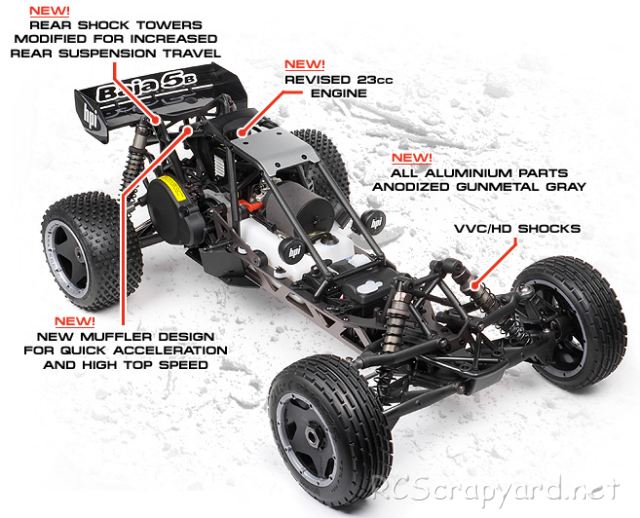
★ HPI Baja 5B 2.0 Chassis ★
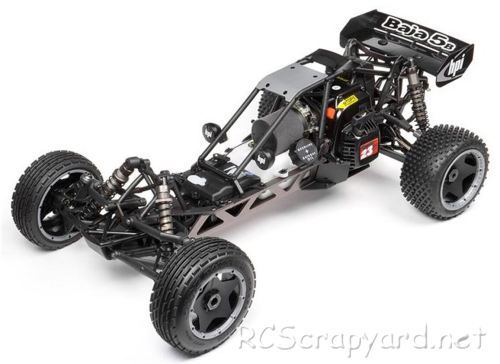
★ HPI Baja 5B 2.0 Chassis ★
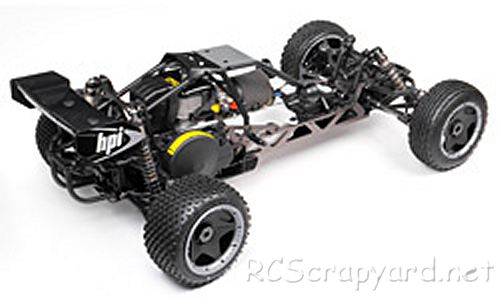
★ HPI Baja 5B 2.0 Chassis ★
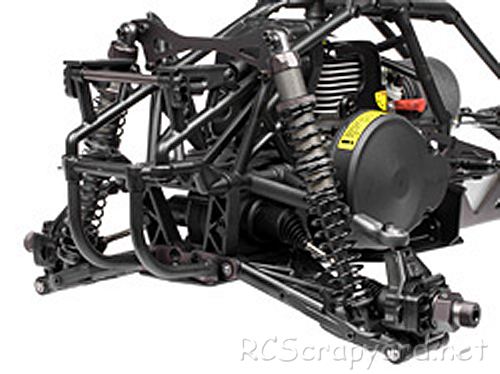
★ HPI Baja 5B 2.0 Chassis ★
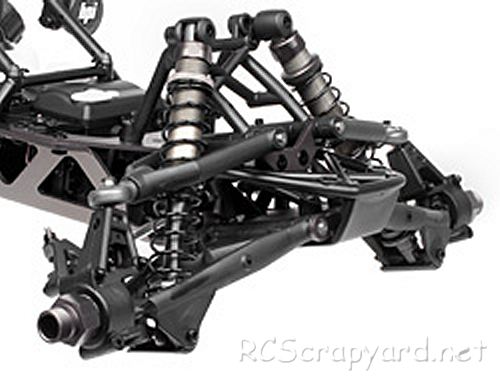
★ HPI Baja 5B 2.0 Chassis ★
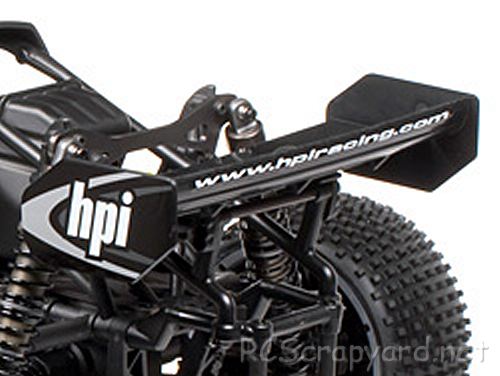
★ HPI Baja 5B 2.0 Chassis ★
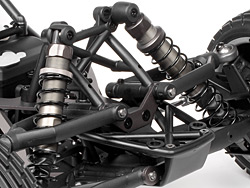
★ HPI Baja 5B 2.0 Chassis ★
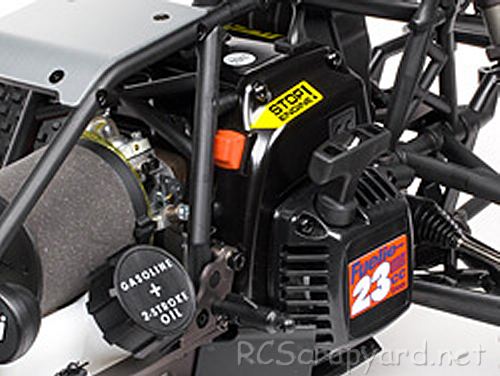
|
Buying a Used HPI Baja 5B 2.0
|
|
Manufacturers and Brands Catalogued and Listed by RC-Scrapyard.
At present, the RC Model Manufacturers, Brands and Distributors covered by us are: ABC Hobby, Academy, Acme Racing, Agama Racing, Amewi, Ansmann Racing, ARRMA, Team Associated, Atomic RC, Axial, AYK, Bolink, BSD Racing, Capricorn, Carisma, Carson, Caster Racing, Cen, Corally, Custom Works, Durango, Duratrax, ECX - Electrix, Exceed RC, FG Modellsport, FS-Racing, FTX, Fujimi, Gmade, GS-Racing, Harm, HBX, Helion, Heng Long, Himoto Racing, Hirobo, Hitari, Hobao, Hong-Nor, Hot Bodies, HPI, HSP, Intech, Integy, Jamara, JQ Products, Kawada, Kyosho, Losi, LRP, Maisto, Mardave, Marui, Maverick, MCD Racing, Megatech, Mugen, New Bright, Nichimo, Nikko, Nkok, Ofna, Pro-Pulse, Protech, PTI, RC4WD, Redcat Racing, RJ-Speed, Robitronic, Schumacher, Seben, Serpent, Smartech, Sportwerks, Step-Up, Tamiya, Team-C Racing, Team Magic, Thunder Tiger, Tomy, Top Racing, Traxxas, Trinity, Tyco, Vaterra RC, Venom, VRX Racing, WLToys, X-Factory, Xmods, Xpress, Xray, XTM, Yankee RC, Yokomo, ZD Racing and Zipzaps. |
|
Hints, Tips and Information
Bodyshell Aerodynamics
It is commonly understood that weight improves traction, and if you have ever seen TV coverage of any kind of full size motor racing, you will have heard the comentators talking about, aerodynamics, downforce and ground effect. Well, even though they are only a fraction of the size and weight, these terms also relate to small scale model racing cars. |
|
Hints, Tips and Information Ball Differentials
Ball differentials were developed in the late 1980s to replace the high friction Gear differentials. Mainly used on Touring Cars, Pan Cars and Formula One Cars, Ball Differentials are designed to be totally frictionless and smooth in action to provide effortless drive to the wheels on cornering, where the inside wheels must rotate slower than the outside wheels for controlled stability.
|
|
RC Models:
|
Radio & Motors: |
Other
Accessories: |